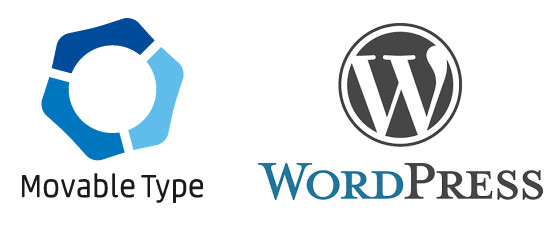
The world of e-commerce platforms can be complex, and Magento is no exception. Once a standalone powerhouse, Magento is now part of the Adobe family, which has brought both significant changes and a fair amount of confusion. If you’re considering Magento for your online store, it’s crucial to understand the landscape, differentiate between the official versions, and watch out for misleading websites.
Adobe’s Acquisition: A Turning Point
In 2018, Adobe made a splash in the e-commerce market by acquiring Magento Commerce for a staggering $1.68 billion. This acquisition marked a significant shift, transforming Magento from a separate entity to a core component of the Adobe Experience Cloud. It also introduced two distinct “flavors” of Magento:
- Adobe Commerce (Formerly Magento Commerce/Enterprise): This is the paid, commercial version, designed for medium to large businesses with complex needs. It comes with cloud hosting on Adobe’s infrastructure (with optional on-premise hosting), robust enterprise-level features, enhanced support, and access to Adobe’s suite of marketing and analytics tools. It operates on a subscription basis.
- Adobe Commerce Open Source (Formerly Magento Open Source): This is the free, open-source version of Magento. While it provides the core e-commerce functionality, it requires more hands-on technical expertise and is primarily self-hosted.
The Open Source Question: Is Magento Still “Free”?
The core technology of Magento is still open-source, and it’s the very foundation upon which Adobe Commerce is built. This means that the base code is available under the Open Software License 3.0, allowing developers to use, modify, and distribute it without licensing fees. However, the “free” aspect comes with caveats:
- Self-Hosting Costs: While the software itself is free, you’re responsible for hosting it on your own servers or with a hosting provider. This incurs costs for server space, bandwidth, and maintenance.
- Extension/Plugin Costs: To extend functionality, you may need to purchase paid extensions or develop custom modules, which will also increase the overall cost of your setup.
- Technical Resources: A significant amount of technical knowledge is required to maintain and update the open-source version of Magento. It often requires a development team.
- Community Support: As the free version, you are limited to only community support.
Beware of Fake Websites: A Word of Caution
This is where things can get tricky. There are websites online that attempt to capitalize on the name “Magento Open Source” by presenting themselves as the official source for the free version. One such example is magento-opensource [dot] com. This site and others like it, are NOT official Magento or Adobe websites. They are third-party sites that could potentially mislead you or put your site at risk.
Here’s why you should avoid unofficial sources:
- Security Risks: Downloads from unofficial sources could contain malware or modified code with vulnerabilities.
- Outdated Software: You may end up with an outdated version of Magento that does not include the latest security patches and bug fixes.
- Lack of Support: These sites don’t provide the same level of documentation, support, or access to the official community forums as official sources.
- Misleading Information: Their content could be biased or misrepresent the features of Adobe Commerce Open Source.
Where to Find the Official Adobe Commerce Open Source
To ensure you’re getting the genuine, secure, and up-to-date Adobe Commerce Open Source software, always rely on the following:
- Adobe Commerce Website: The official Adobe website provides information, support, and documentation for all versions of Magento. The open source section is at: https://developer.adobe.com/open/magento
- Official GitHub Repository: The code for Adobe Commerce Open Source is hosted on GitHub, where developers can contribute to the project.
Choosing the Right Path for Your Business
The choice between Adobe Commerce (paid) and Adobe Commerce Open Source (free) depends heavily on your needs:
- Choose Adobe Commerce if: You’re a larger business that requires enterprise-level features, advanced marketing tools, cloud hosting, official support, and integration with the Adobe ecosystem.
- Choose Adobe Commerce Open Source if: You have a smaller budget, a technically capable team, and you’re comfortable with self-hosting and community support.
The Bottom Line
Magento is a robust platform with a complex history, evolving from a standalone open-source option to a major component of Adobe’s enterprise offering. The key takeaways are:
- Adobe owns Magento, which has two versions: the paid Adobe Commerce and the free, open-source Adobe Commerce Open Source.
- The core technology is still open-source and available under the Open Software License 3.0, but does not come with all the features.
- Be cautious of websites that claim to be the official source for the open-source version. Always rely on the official Adobe website or the official GitHub repository.
- Assess your needs and technical capabilities before choosing between the commercial or open-source versions.
By understanding these key differences and verifying your sources, you’ll be better equipped to navigate the Magento ecosystem and make the right decision for your business.
You can check out other e-commerce website builders that may better suit you (and are a lot easier!) than Magento in our Choose Website Builder directory.





